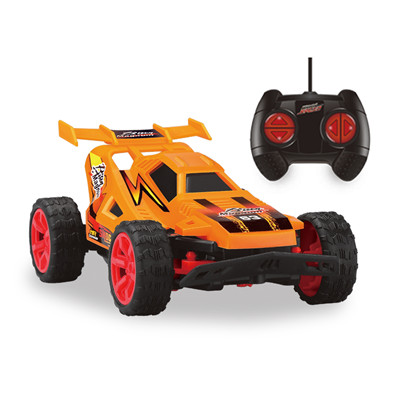Owning a remote control car is an exhilarating experience, but it also comes with the responsibility of proper maintenance to ensure long-lasting performance and enjoyment. Just like full-sized vehicles, remote control cars require regular care and attention to keep them running smoothly and performing at their best.
Cleaning and Inspection: After each session of driving, it’s important to clean the remote control car thoroughly. Dirt, debris, and moisture can affect performance and damage components over time. Using compressed air, brushes, and mild cleaners, enthusiasts can remove dirt from the chassis, suspension, and drivetrain. Regular inspection helps identify any signs of wear or damage that may require attention.
Lubrication: Proper lubrication is essential to minimize friction and ensure smooth operation. Enthusiasts should regularly lubricate moving parts such as ball bearings, suspension components, and gears. Using appropriate lubricants helps extend the lifespan of these parts and maintains optimal performance.
Tire Maintenance: Tires play a significant role in how a remote control car interacts with the track. Regularly inspecting and maintaining tires is crucial for consistent performance. Enthusiasts should check tire condition, tread wear, and proper seating on the rims. Adjusting tire pressure according to track conditions can also impact handling and grip.
Electronics Care: Electronic components like ESCs, receivers, and servos are sensitive to moisture and dirt. While driving in wet conditions should be avoided, enthusiasts can apply conformal coating to protect electronics from moisture damage. Keeping connectors clean and ensuring proper wiring connections is also essential for reliable operation.
Battery Management: Taking care of batteries is crucial for maximizing their lifespan and performance. LiPo batteries, in particular, require special attention to prevent over-discharging and overcharging. Enthusiasts should use appropriate battery chargers, storage voltage settings, and charging bags to ensure safe and effective battery management.
Chassis and Suspension Maintenance: Regularly inspecting the chassis and suspension components helps identify any issues that may affect performance. Loose screws, worn-out suspension arms, and damaged shock absorbers should be addressed promptly to maintain stability and handling characteristics.
Storage Practices: Proper storage between driving sessions is important for preserving the condition of the remote control car. Storing the vehicle in a dry, cool place and protecting it from dust and sunlight can prevent degradation of materials and components.
Regular Testing: After performing maintenance tasks, it’s recommended to conduct a test run to ensure that the remote control car is performing as expected. Testing allows enthusiasts to identify any remaining issues and make any necessary adjustments before hitting the track.
In conclusion, remote control car maintenance is an integral part of the hobby that ensures consistent performance and extends the lifespan of the vehicle. By following proper cleaning, inspection, and care practices, enthusiasts can continue to experience the thrill of driving their remote control cars while preserving their investment for years to come.


















